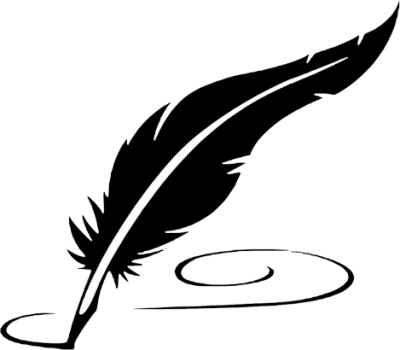Here are the slides and text for the “lightning talk” I’m to give tomorrow at Northeastern for their “Days of Digital Humanities” fest:
- I’m a literary historian by training, and as a scholar of Native American literature, I am most interested in creating accessibility to the kinds of writing that Native American people have historically produced—not just literature that achieves canonical or highbrow status, like the works of Leslie Marmon Silko and N. Scott Momaday, but also works by lesser-known writers (at the moment, I am especially concerned with writers from New England), and in lesser-appreciated forms (including non-alphabetic forms of literacy like pictographs and baskets, as well as more low-budget or edgy forms like tribal newsletters, and—increasingly—electronic forms like blogs, tweets and facebook pages).
- I spent the last 5 years compiling a ginormous anthology of writing by indigenous people from New England. It is 600 pages in manuscript, and will be out next year with the University of Nebraska Press. I enlisted the help of a dozen tribal editors—historians, elders and scholars who helped decide what should go in and what should not, and who provided invaluable contextual introductions and annotations for the selections. We found much, much more than we could possibly include even in a 600-page book; and the conversations surrounding the whole anthology-making process turned out to be almost as interesting as the literature itself.
- So people in this audience will understand immediately why digital space is such an appealing prospect for a collection like this: new media give us new ways to create living documents. In digital space, anthologies don’t need to be quite so authoritarian as anthologies have tended to be in the past: they can add literature, they can drop literature, they can allow for community feedback on literature. I chose Omeka, the public history software designed by the brilliant folks at George Mason University, because I’m at a university that does not have a real digital humanities program or community, and I wanted the support. Omeka is also quite easy to use, and in theory it will allow for contributions from tribal historians in remote locations, local historical societies, students, and others.
- It’s never been impossible for college students to talk with Native writers or tribal elders, exactly, but it sure is a lot easier these days, with blogs, emails, and Facebook. In “crowdsourcing” the work of this online collection to my students, I have worked by pairing students with Native writers, so that they can run their work by tribal community members and authors. They get much better sources (and a much better education, IMHO) than they would by simply relying on “peer-reviewed” articles from the library; in fact, their whole stance on literature changes—it’s no longer a thing to be studied and “mastered” from on high, but something demanding respectful questions and the occasional admission that interpretations might have blind spots.
- Omeka lets you curate your material in “exhibits,” and the first partnership we formed was with the Mt. Kearsarge Indian Museum in Warner, NH, which was looking to put an exhibit of regional Native baskets online. The students visited the museum, learned a bit about documentary photography, and
- wrote historical essays to contextualize the images. In the course of this exhibit they were making the case that it’s not enough to say, “there was no writing by Native people from New Hampshire in the 19th century”—they had to consider alternative, non-alphabetic forms of literacy, like baskets, as texts.
- Omeka also has a mapping plug-in that allows contributors to geolocate each item. In a politically charged project like this one—one that tries to combat the myth that Indians have vanished from New England—the geolocation feature allows us to fill the map with Native presence.
- Our current project took a lead from the feminist takeover of Wikipedia initiated by Moya Bailey and others last Friday, if any of you participated. We are beginning by building Wikipedia entries for Native authors who are not yet in there (which, in New England, is almost all of them). We are learning a ton about open-source writing and editing; when our articles “stick” in Wikipedia, we will migrate them over to Omeka, where we can add literary texts and primary research, which Wikipedia doesn’t allow. Omeka recently unveiled an exciting new tool (not yet available in the hosted version) called Scripto, for crowdsourcing transcriptions of pdf files; we are hoping to integrate this before too long, especially to help create a centralized, searchable database of tribal newspapers and newsletters. There have been tons of these newsletters produced by Native people in New England over the past several decades, (and even earlier); they represent a vital literary tradition, vulnerable to loss and public forgetting.
- Senier-DayofDH(Northeastern)
